Description
Cassia Biflora Flower Plant
Cassia biflora is a small tree with feathery branches and an arching canopy. The yellow flower is visited by bees and butterflies all the time. The fine feathery compound leaves are evergreen but might be shed if the winter becomes too dry or too cold. Because it grows best on full sun and well-drained sandy soil. Can tolerate drought and heat. And it appears best if it is left to grow into an umbrella shape canopy.
| Plant Regional Name | Marathi – Cassia Biflora |
|---|---|
| Plant Common Name | Cassia Biflora |
| Category | Shrubs |
| Plant Sunlight Need | Sun Growing and Semi Shade |
| Plant Water Need | Normal Can tolerate less |
| Plant Flowering Season | Year-around flowering, Flowers in flushes throughout the year |
Landscape Information: Can be planted in the sun, although can tolerate the half shade; aftercare is required for the first year or until the plant is established And use required the best reasonable soil for the healthy plant. And your Beautiful flowers can be used as a garden feature.
Grow and Care
Cassia plants produce evergreen foliage and seasonal yellow flowers. And also these very low-maintenance plants grow well in the garden. you can enjoy them as large potted plants outdoors or inside. A mature cassia plant can reach 5 feet or taller, although container plants usually remain smaller. Cassia makes an easy-care addition to beds, borders and butterfly gardens.
-
Grow cassia in well-drained soil that isn’t prone to standing water. Cassia tolerates and grows well in the most moderate-quality garden soil.
-
Provide cassia with a full six hours or more of daily sunlight. But plants remain evergreen in sunny locations.
- Cassia tree care requires very little, but that little is important. Because once your seed has germinated and has about six leaves, it’s time to decide where your tree will be growing. Cassia trees need full sun to flower and produce the most colourful blossoms.
- Cassia plants Required water but not daily (alternate days)
- Monitor cassia plants for insects such as aphids and whiteflies, which are more likely to affect indoor plants. Inspect the underside of leaves for colonies of aphids, or shake the stems gently and check for small white flies fleeing the disturbed plant. Spray the pests directly with insecticidal soap or an insecticide containing neem oil.




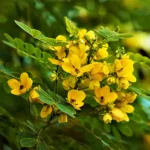
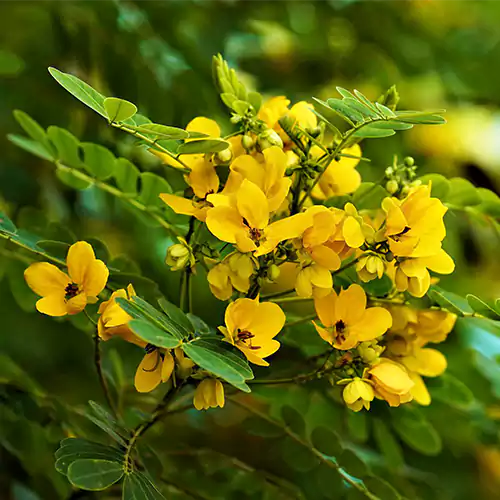
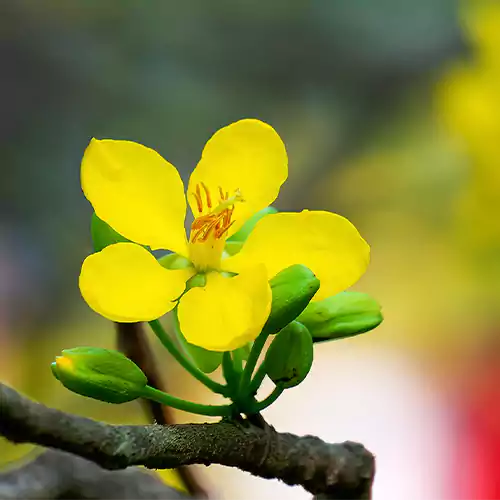
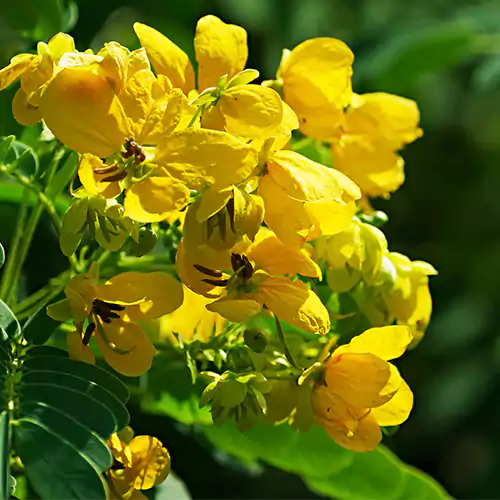
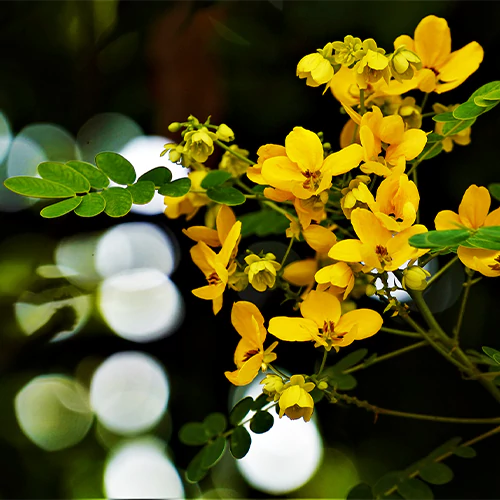
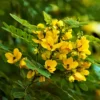

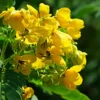
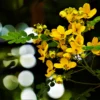
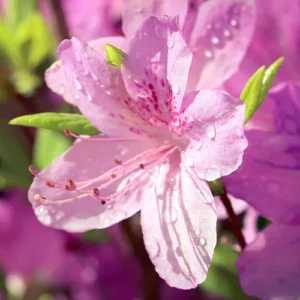
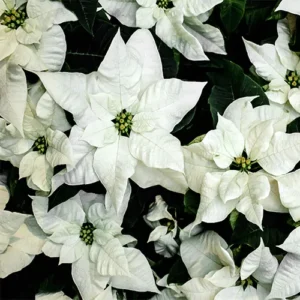
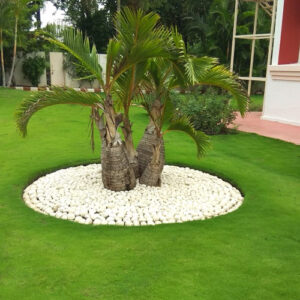
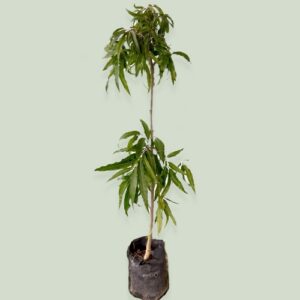
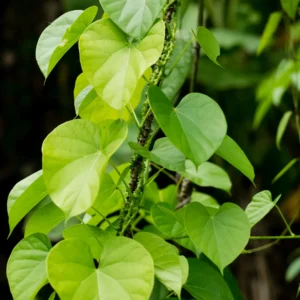
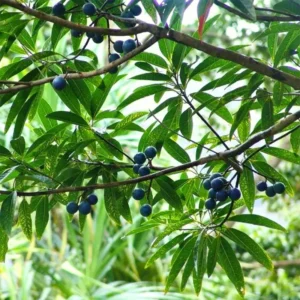
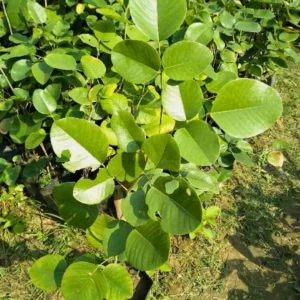
Reviews
There are no reviews yet.